No Holds Barred: The Life and Art of Matthew Lanyon
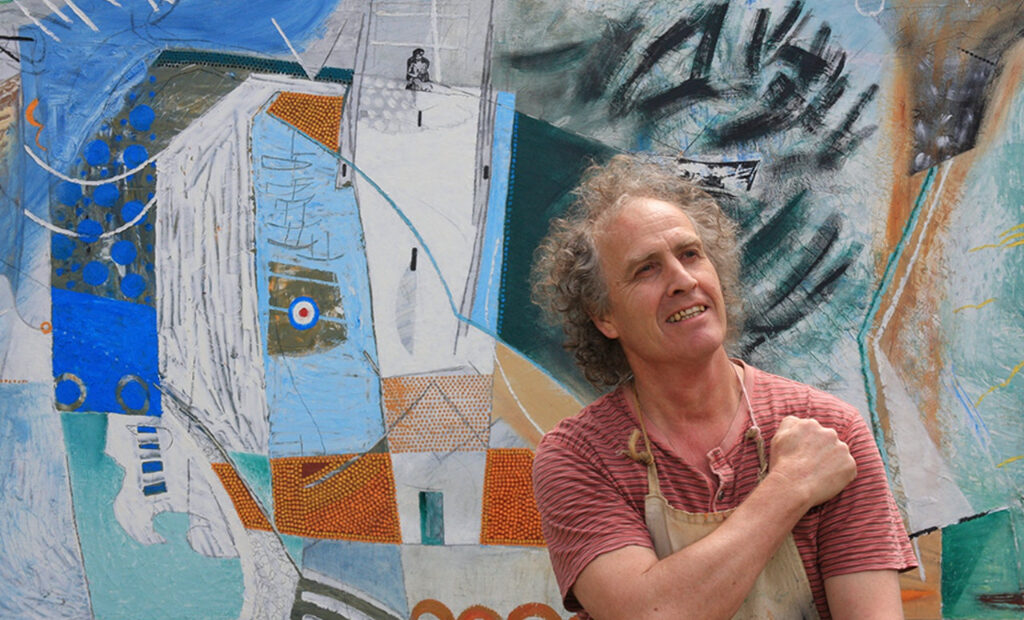
Cornwall, that windswept, ancient county at the most southwesterly point of the UK, jutting out into the Atlantic, is a land of rugged beauty steeped in legend. It was here that the late artist, Matthew Lanyon was brought up in Carbis Bay, a short walk from the famed artist colony of St Ives. A new film, co-directed by Lanyon’s widow Judith and the documentary filmmaker Barbara Santi. sheds light on a charismatic man who often consciously chose to distance himself from the art establishment. No Holds Barred: The Life and Art of Matthew Lanyon interlaces interviews with family, artist friends and collaborators with video footage shot by Lanyon himself. During the online Q&A session, hosted by the Art360 Foundation to discuss the film held on 28th January this year, Barbara Santi and Judith Lanyon concurred that the artist’s unusual tendency to record his thoughts behind the camera lens had proved a real asset in the production of this legacy-making documentary.
Peter Lanyon, Matthew’s father, had been a luminary of the St Ives School, alongside Barabara Hepworth and Ben Nicholson, and one of the most important British Modernist painters of the mid-20th century. Black-and-white photographs featured in the film capture happy times at the Lanyons’ home, Little Park Owl. Peter’s tragic death in a gliding accident at 46 left a mark on the family, as attested here by Matthew’s younger brother, Martin. Matthew, 13 at the time and the third of six siblings, was actively discouraged from becoming an artist, despite winning the school art prize at Humphry Davy School, Penzance. Martin remembers his brother always being a creative spirit and manually dextrous; a teenage Matthew and his friend Damien would move into Peter’s old studio and create their own rockets and fireworks from fertiliser, sugar and charcoal.
Lanyon’s scientific bent prompted him to to start a degree in geology and psychology at Leicester University, which he left in the second year to study archaeology and linguistics. Remaining in Leicester following university, he met his first wife, Suzanne Brown, in 1976. Together they travelled to India and Greece over several summers, fuelling his passion for mythology and the culture of those countries. The two of them restored houses in Leicestershire, he as a carpenter, she as a plumber, before the lure of the Cornwall of his childhood saw them relocate with their young son, Arthur, to West Penwith in 1986. There Matthew virtually single-handedly converted a granite barn into their home – a tremendous physical feat that left him exhausted.
Matthew Lanyon worked in the building trade in Cornwall until 1988, when, aged 37, he embarked upon a full-time career as an artist. On camera, Judith Lanyon offers her belief that he stayed clear of painting until he felt ready to “rediscover what he could about his father through painting”. A touching photograph shows Lanyon sitting with his own young son to draw a bucket of snails crawling out onto the table. The critic and broadcaster Michael Bird speaks of Matthew’s work as often engaging in dialogue with his father, to the extent of him choosing similar titles. One obvious example provided here is found in the younger Lanyon’s Europa VIII (2002), clearly referencing the elder’s Europa (1955) and the bull series.
Matthew, like his father, was a proud Cornishman whose passion for the landscape and culture of the county runs as a constant thread through his multi-disciplinary practice, as revealed in No Holds Barred. His abstract canvases frequently make literary references, but also tend to be imbued with a sense of fun. Many draw upon the geology and topography of his surroundings. Late footage of Lanyon records him using the edge of his boot to create a sand piece, juxtaposed with the sound of his voice reading his poem Downright Physical (2009). The artist offered his own nuanced evocations of well-known Cornish symbols, such as Godrevy lighthouse – viewable from his childhood bedroom window – and St Michael’s Mount. Collector and friend Ross Fitzsimons, who discovered Lanyon’s work at the Tate St Ives’ 2007 Art Now Cornwall exhibition, which featured 28 artists living and working in Cornwall, expresses the opinion that, “His work has a really important quality, which is it’s absolutely viscerally connected to Cornwall, to the land, the landscape.”
It was in 1997 that, with the encouragement and recommendation of his artist friend Rod Walker, Matthew Lanyon had his first exhibition at Martin Val Baker’s now defunct Rainy Day Gallery. By the time of the gallery’s closure in 2010, Lanyon had become its biggest seller. The viewer learns that Matthew Lanyon’s final exhibition during his lifetime, In the Tracks of the Yellow Dog (held at the New Craftsman Gallery in St Ives in September 2016) dealt with his grief following his mother’s death the previous year. A recurring motif was a yellow dog stemming from a stencil he made, in reference to a story his mother read to him when he was a boy. Towards the end of the film Matthew’s son Arthur is seen at the New Craftsman Gallery, stretching and framing White Horse (2009), a huge 22-foot by 5-foot canvas, in preparation for the artist’s Faster than Words, Older than Thought exhibition, held there in 2018; footage follows of the opening itself, attended by family and friends.
There are many emotionally poignant moments in the documentary, none more so than the tender footage of Matthew and Judith walking up a Cornish hill while he is heard describing their long shadows merging together. The artist’s widow recounts how, in the last years of his career, Lanyon was frequently working on a grander scale, producing the likes of the monumental Climbing Belle (2013). He was also experimenting with architectural glass and tapestry at this time.
The artist’s surrealistic sensibilities and love of language frequently informed his responses to life events. A longstanding project, Language as Remedy was started when his first wife, Suzanne, was battling cancer. It saw him collect tiny homeopathic bottles filled with tablets on framed shelves, the result resembling a medicine cabinet. Each was labelled with different handwritten phrases and fragments of conversation overheard, as well as poetry written by the artist and jotted down in one of the notebooks he carried everywhere. An example is provided in a close-up of one, reading “blind scraps of difference”. Judith Lanyon opens a large folder where they are compiled.
No Holds Barred is brought to its conclusion with a repeat of video footage shown earlier that shows the artist sawing through a large block of wood in his garden. In a finale that is aptly in tune with Lanyon’s vivid character and love of the absurd (remembered so fondly by friends and family), one sees him making the last decisive stroke. One half topples to the ground with the other remaining on the support as the words “the end” appear on the screen; a wry smile breaks out onto his face. The film exudes a tangible warmth. Ellie Porter of Art360 Foundation alluded to this in the Q&A discussion with its makers, offering the opinion that various forms of love lie at its heart: family love, romantic love and love of place. Matthew Lanyon made a major contribution to the art of Cornwall, and this entertaining, moving, sensitively produced film promises to raise his profile still further when it is eventually shown in art-house cinemas around the UK.
James White
No Holds Barred: The Life and Art of Matthew Lanyon was screened online for a private audience by Art360 Foundation in November 2020 and was available to view online from 27th until 28th January 2021. Further screenings are in discussion.
For further information about Matthew Lanyon and his work visit the artist’s website here.
Watch a trailer for No Holds Barred: The Life and Art of Matthew Lanyon here:
Watch an online Q&A with co-directors Barbara Santi and Judith Lanyon with Ellie Porter and Mark Waugh of Art360 Foundation here:









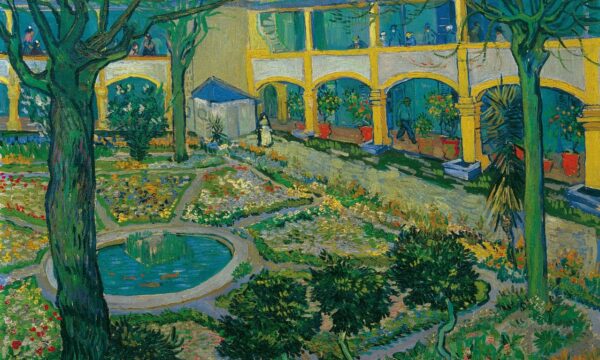

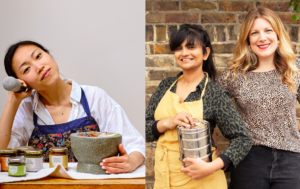
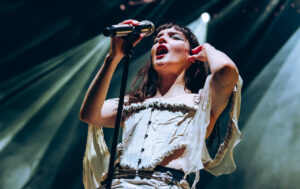
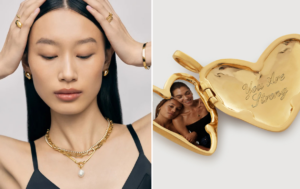
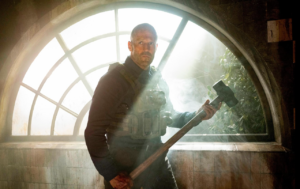






Facebook
Twitter
Instagram
YouTube
RSS